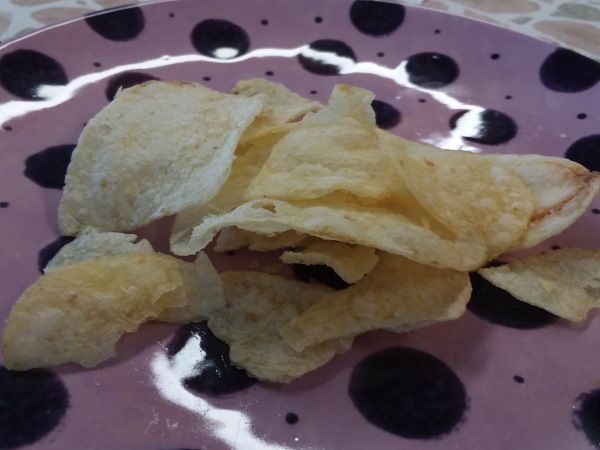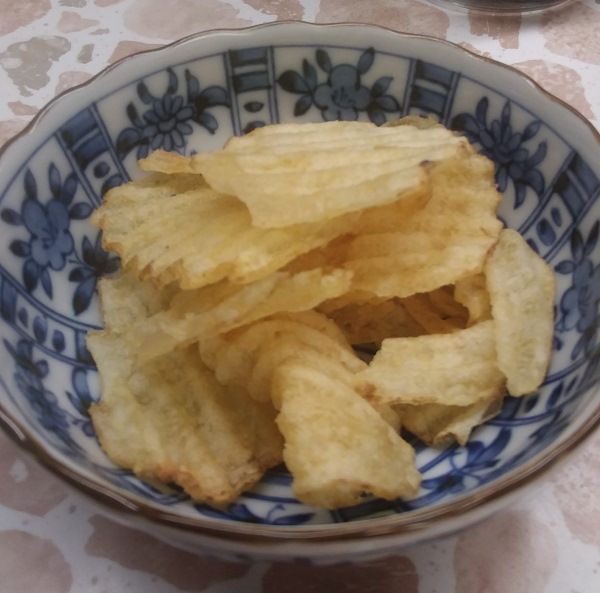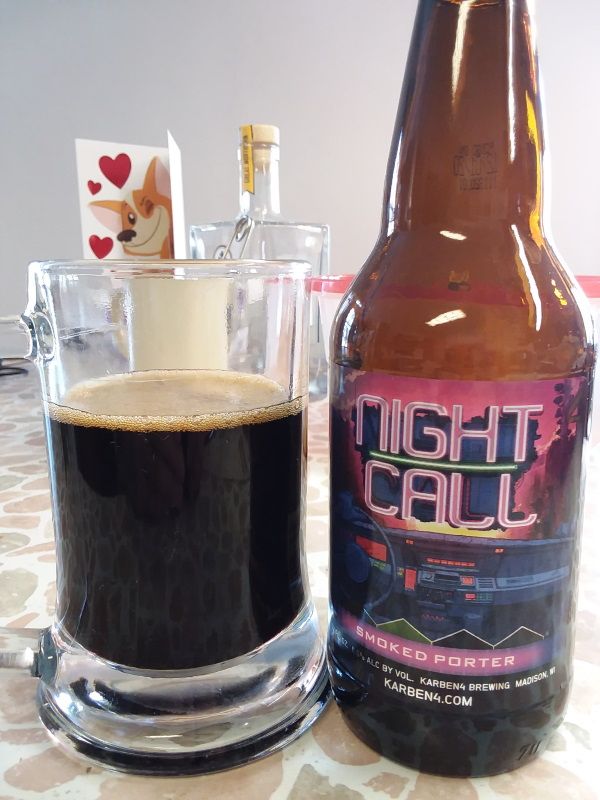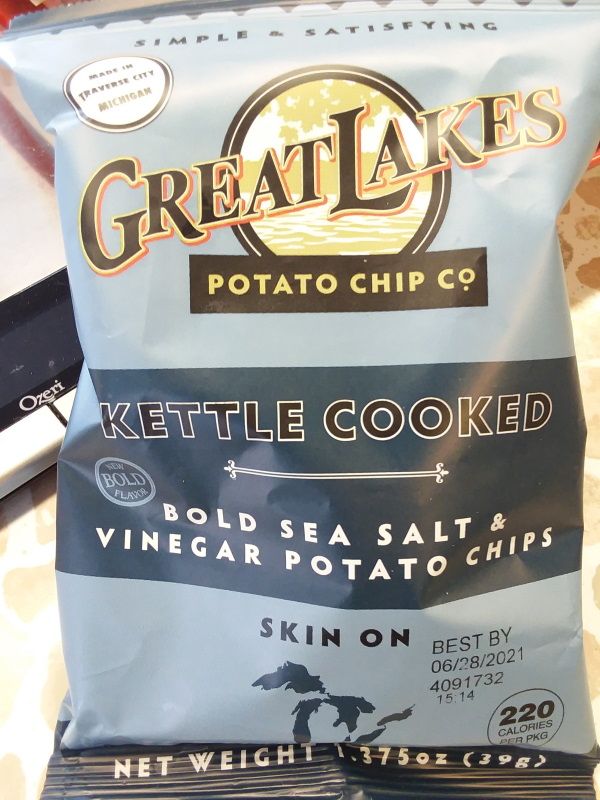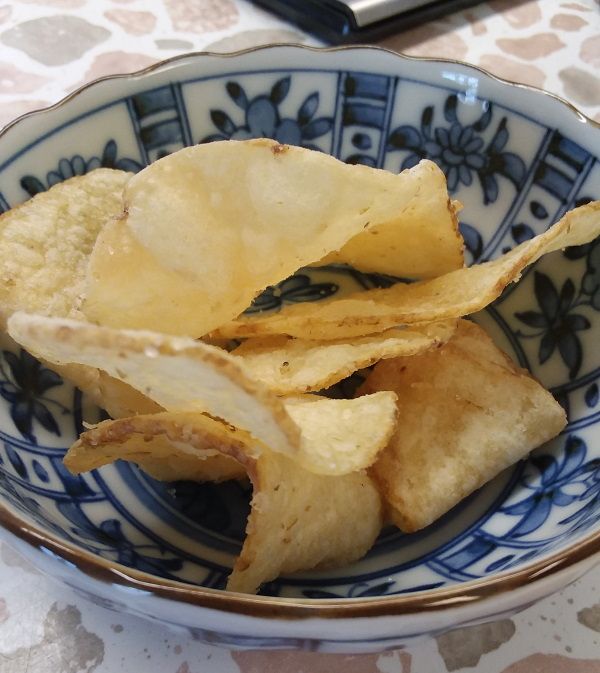The Frau and I started eating shrimp fairly regularly at
some point during the pandemic. We soon fell into a routine of cooking them with a Mexican
verde sauce – lime and something something. Then we added a scampi-like
variation with lots of garlic. (She loves the garlic.) It eventually made its way into a stir fry. The best
of these meals involved good shrimp purchased down the road at the Lake Edge Seafood Company but most of the time we were dealing with the skrimps you find
at your supermarket.
Out of the blue one day I felt crustacean ennui. I was bored
with all the well-worn shrimp recipes and desired something novel. I'd been
listening to an album by a Noura Mint Seymali, a singer and musician from Mauritania
which brought back memories of a former co-worker who hailed from nearby
Morocco and I ended up cooking Moroccan-style shrimp. Well, sort of.
Firstly, I completely forgot to add the ginger. I still don't
know how I managed that. Secondly, my coriander was positively antediluvian and
it smelled and tasted like dust. This was not a good pairing for grocery store
shrimp which often times tastes not totally unlike cardboard.
The next day was Bloody Wednesday because my spice shelf
suffered a massacre. That ancient coriander? Gone. That $0.99 jar of turmeric
that pre-dates meeting my Frau? Down the drain. Those cardamom pods from c.
2002? Meet the disposal. Juniper berries from the last millennium? 86'd.
All were replaced with fresh jars from Penzey's.
Perhaps because I was reading a book about the Russian
invasion of Finland in November 1939, I started in on the juniper berries.
First came a beef pot roast made with them. This was followed by chocolate hazelnut
cookies seasoned with toasted juniper and then a pork tenderloin covered in mustard
infused with crushed juniper berries. It only seemed natural, then, when my
mind turned to sahti.
Sahti is a Finnish style of beer. I went back through my
extensive (ahem) archives and found that I drank one actually brewed in Finland
back in 2007. My suspicion – and I'd love to be proven wrong – is that you'd be
hard-pressed to find a genuine Finnish sahti in Madison today. I base my
hypothesis on my failed attempts to find English-brewed porters and milds and
bitters here. There seems to be little enthusiasm for these beers because American
brewers are brewing those styles and so why bother.
A craft brewed sahti seems to be an ale brewed with barley
and rye, a dose of juniper spicing, and a yeast like that for hefeweizen that
will produce those banana and clove flavors. And I don't doubt for a second
that there are Finnish breweries brewing it exactly this way. However, now that
I've read more about the style from genuine Finns, it's clear that there's more
to the sahti than meets the craft brewer eye.
The style seems to go back to the 16th century and
traditional sahti today hews to those brewing methods, more or less. The
highlights of traditional sahti brewing are, as near as I can tell, foregoing a
period of boiling the wort that other beers undergo, the use of baking yeast,
and time the beer spends in a vat with juniper branches lining the bottom. I
certainly don’t expect any Americans beyond the most adventurous homebrewers to
adhere strictly to the sahti brewing from the days of yore. Still, Scott Manning of Vintage Brewing here in Madison brews a contemporary take on the beer and I was happy
to see that he still had some on tap when I was in the grip of my juniper mania.
At first, I thought it was from last summer because I was
used to seeing "Summer Sahti" on their beer menu. But I was
corrected. There was no Summer Sahti anymore because their winter sahti, Joulupukki,
was also no more. So it was just "Sahti". And it was brewed back in the fall. No
matter. It did not stop me from pursuit of juniper beer and supporting a local brewery.
So, keep in mind this was finely aged sahti.
My nose caught some caramel sweetness first which was
followed by that familiar banana scent from esters. A little resiny pine
lingered in the background.
The first thing I noted about the taste was that it had creaminess to it and I
suspect that's because of proteins that make up the haze. This used to be the
summer brew so it's not big and full tasting like the winter version was but retains
a bit of that taste. That delicious rye spiciness was joined by sweetness that
reminded me of apricots and a smidgeon of banana. Rather prominent was a
whiskey-like taste. Unexpected but not bad and something I'd guess to be the
result of age. Fizz was medium and there was a mild juniper taste as well.
The finish (ha!) had a nice spiciness that tasted like hops
as well as a little more of that juniper resin.
While this beer tasted its age, I think the core sahti
essence remained intact. It had a bit of that rustic rye flavor along with the
fruity esters from the yeast. I think that some of the juniper had worn off but
it wasn't totally absent. Rye and juniper are two flavors I really enjoy and so
I do adore this beer. I gather that sahti is normally 8-10% A.B.V. while
this comes in at 5.4%. So, if you want a traditional Finnish boozy blue gleam on
your face, you'll need to drink a few extra.
I was happy to further indulge my taste for juniper.
Junk food pairing: Grab a large bag of rye chips such as Gordetto's for your snacking needs while enjoying Sahti.
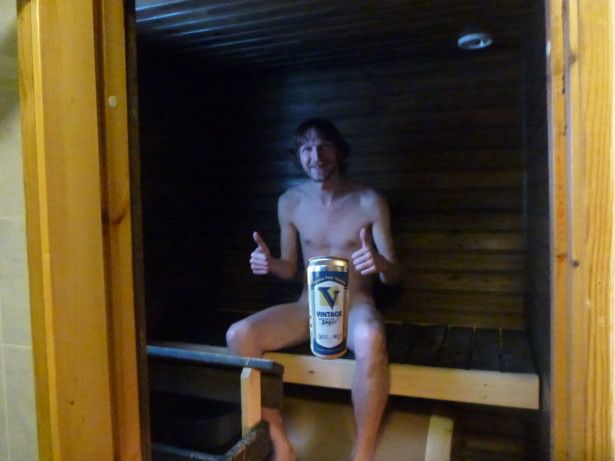
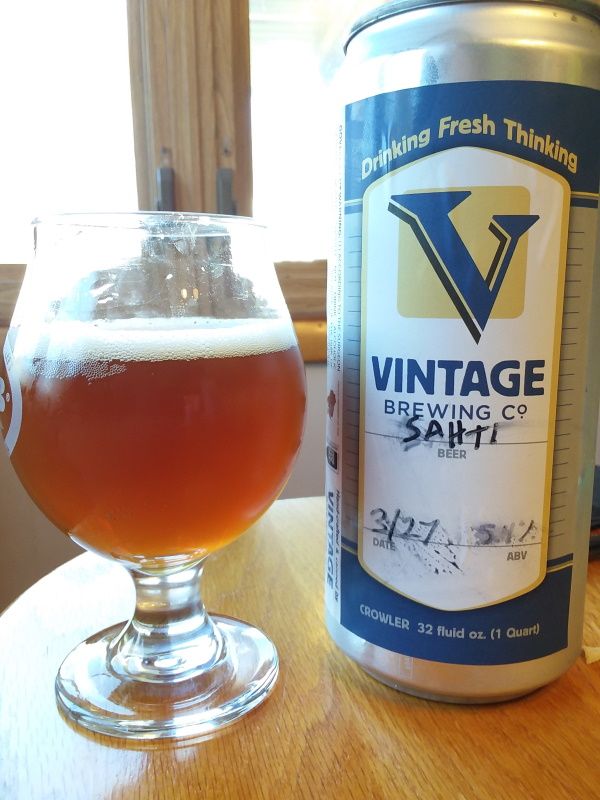

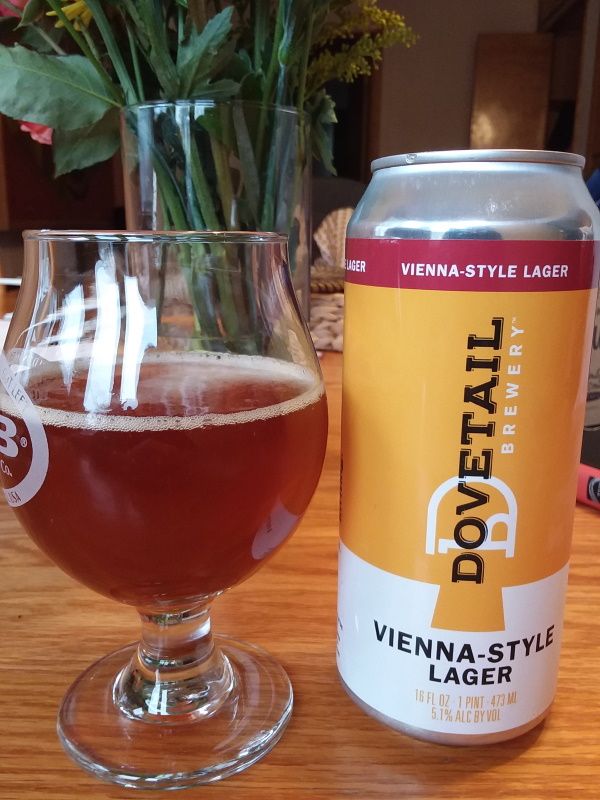

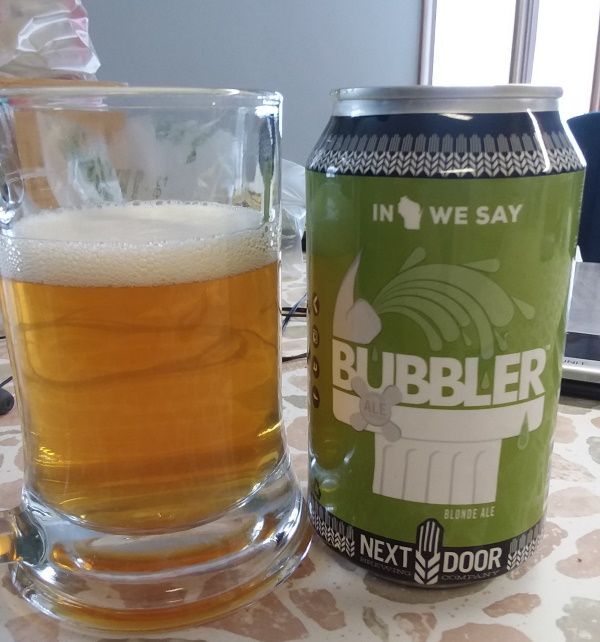

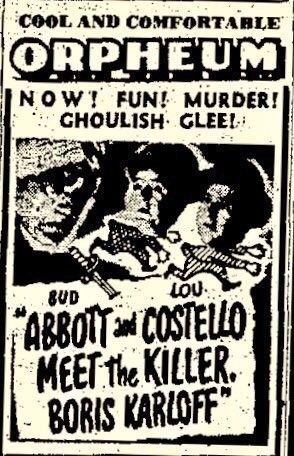
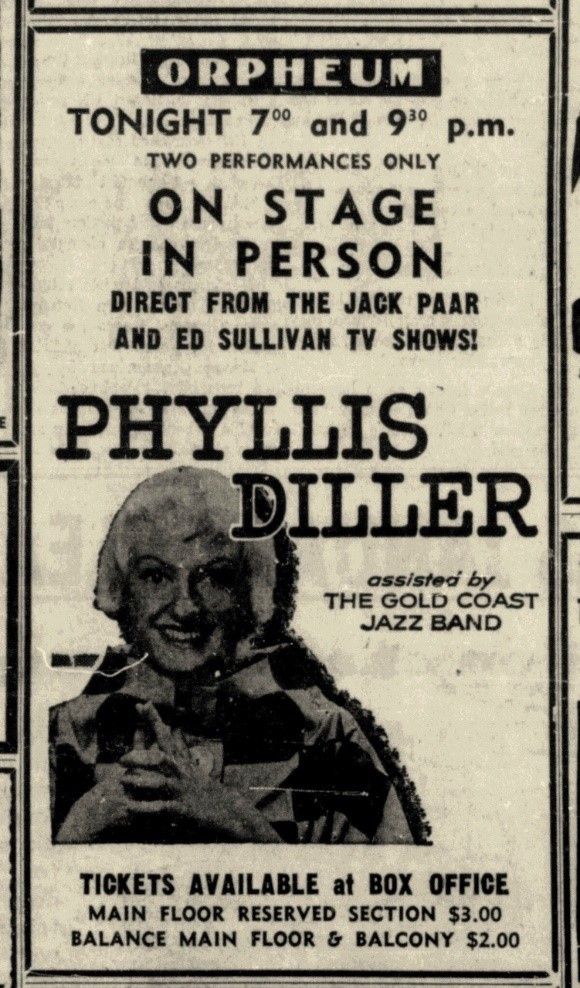
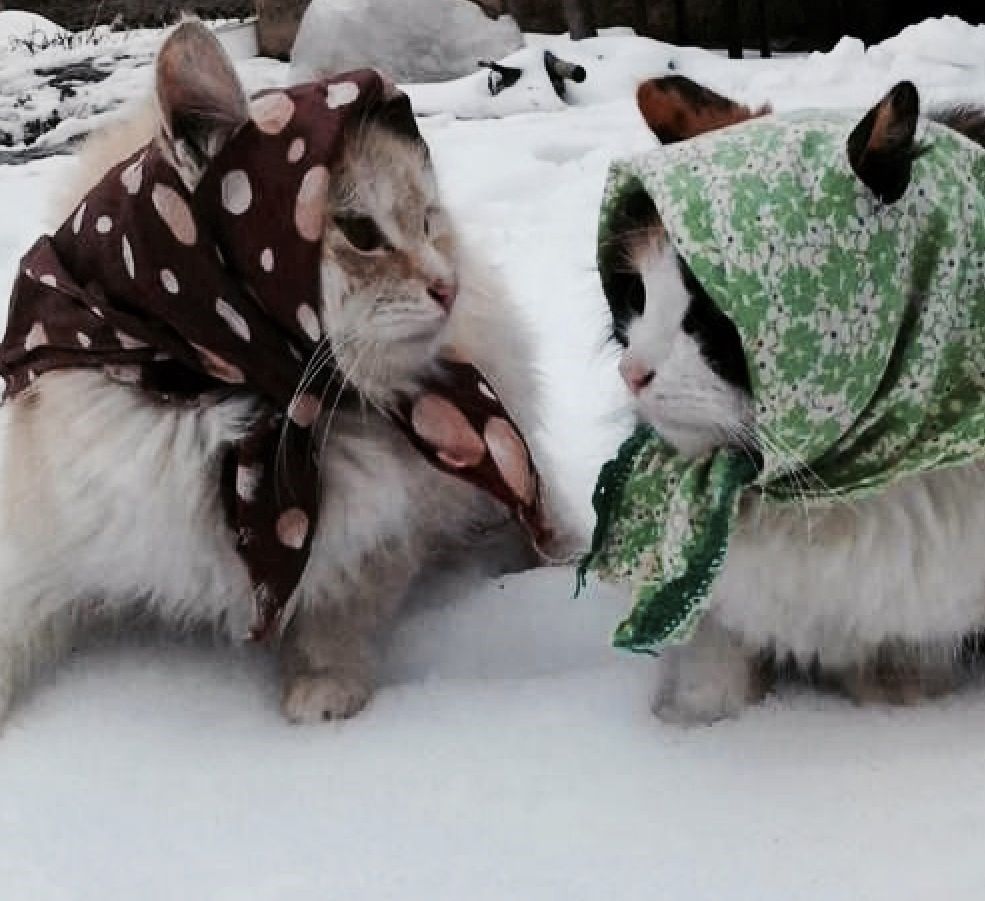
.jpg)



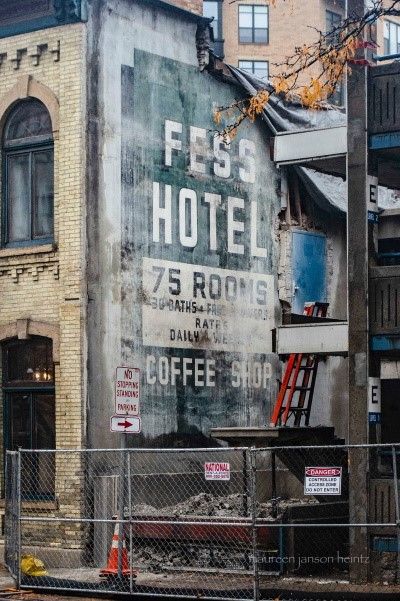
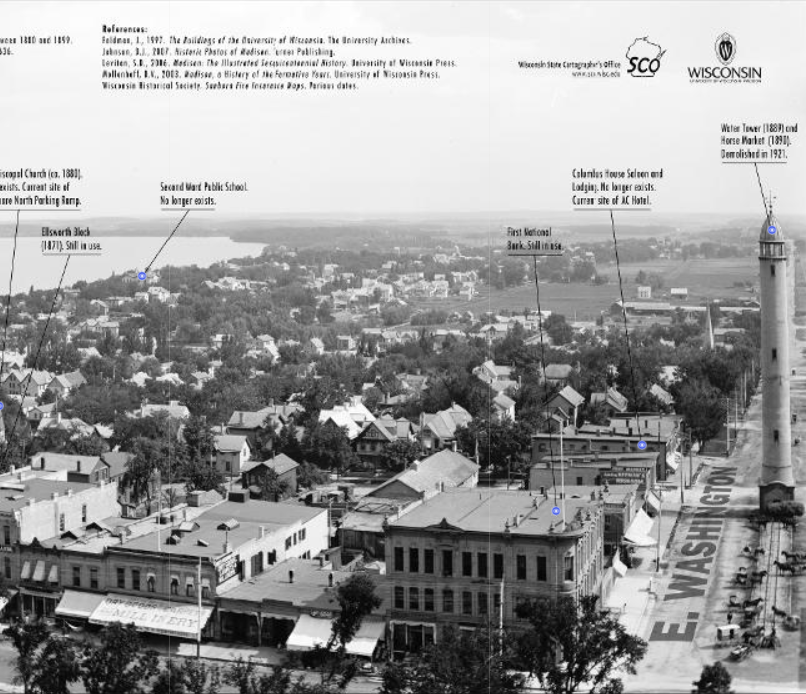

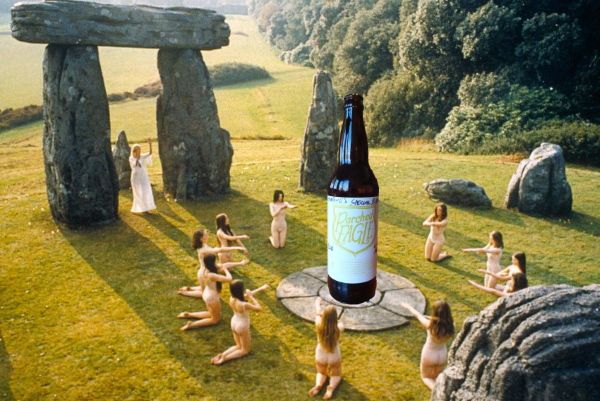
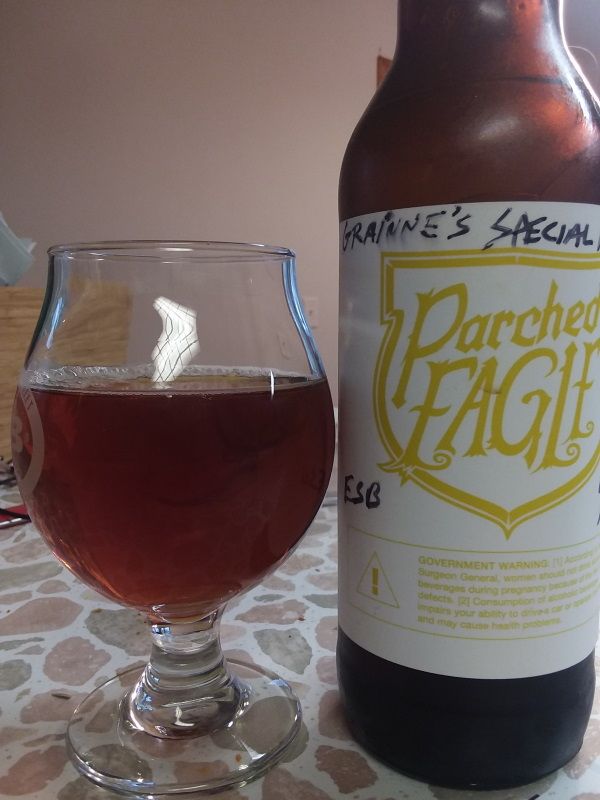
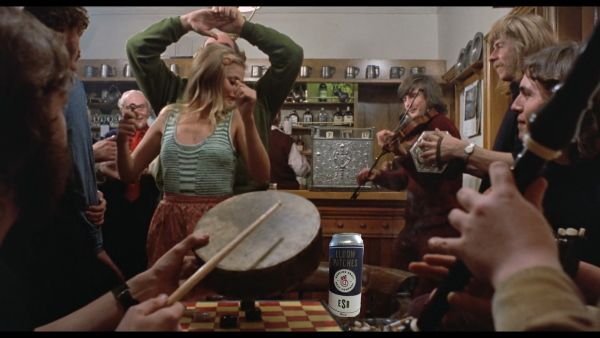
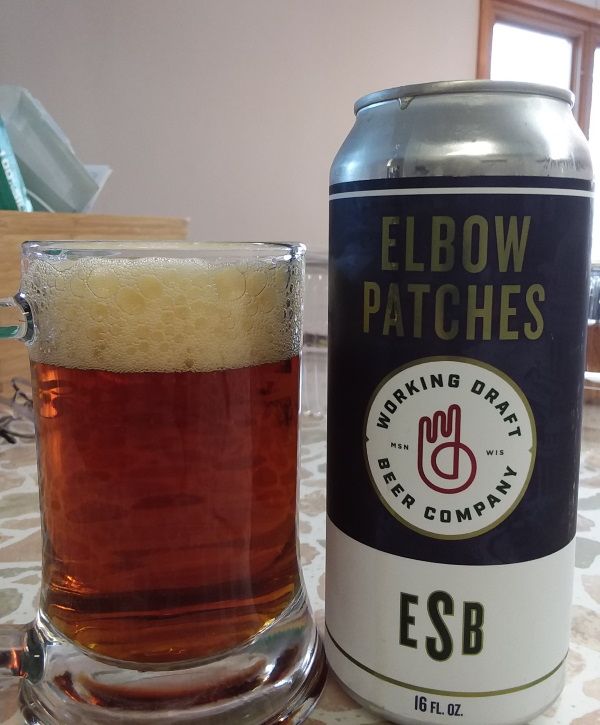
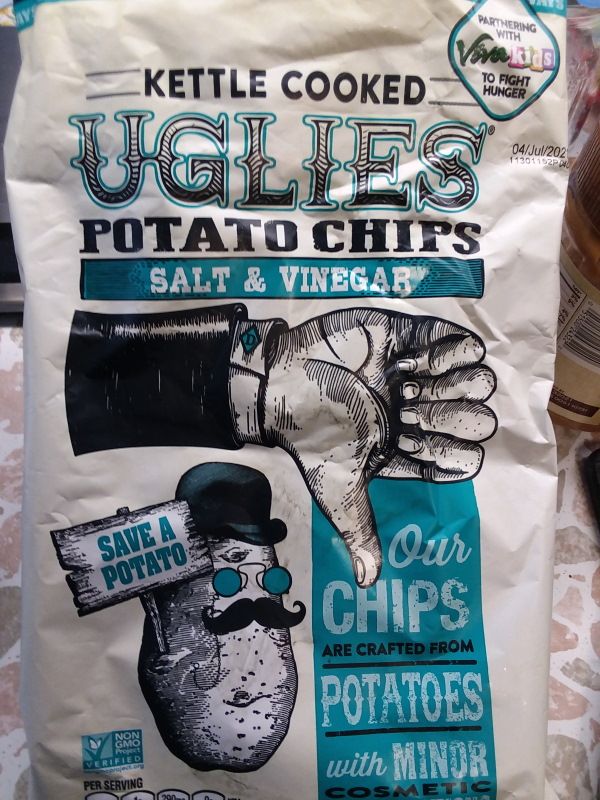

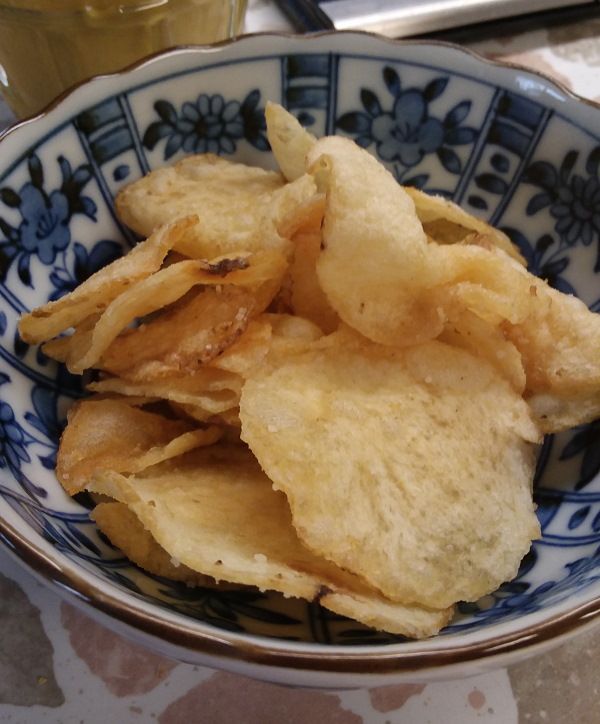
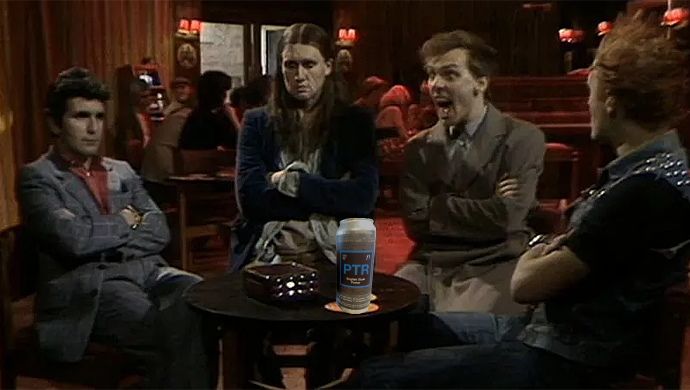
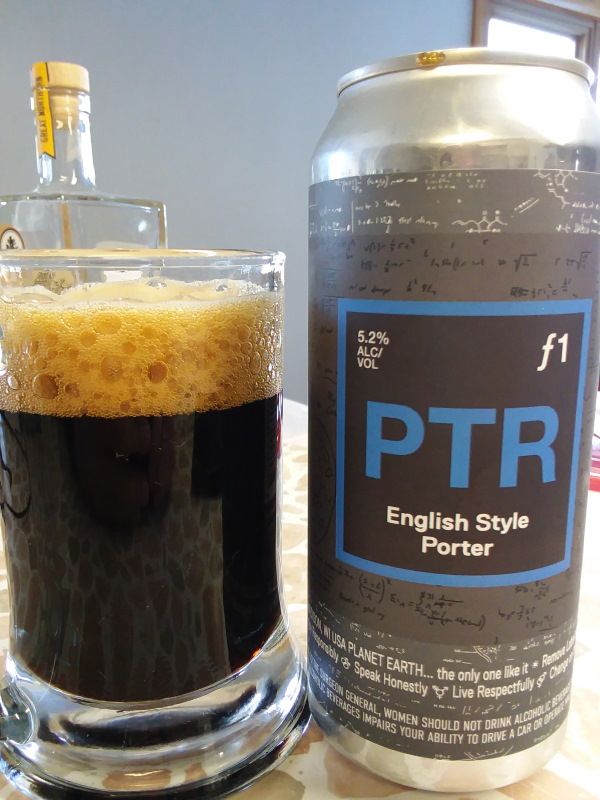
.jpg)
